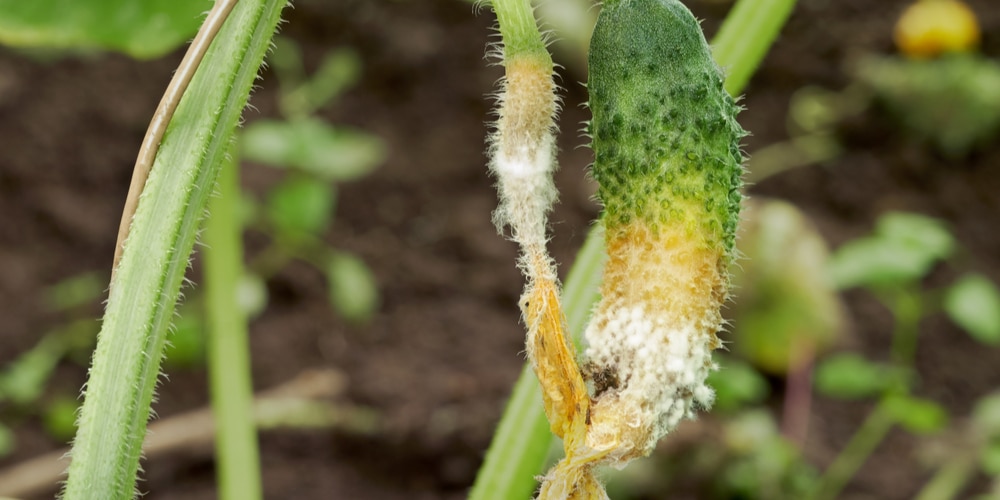Mold can be a massive problem for greenhouse owners. It is unsightly, but it can also cause severe damage to plants. In this blog post, we will discuss some tips on preventing mold from forming in your greenhouse. Follow these tips, and you’ll be able to keep your plants healthy and free of mold!
What Is Mold And Why Is It A Problem For Greenhouse Owners

Mold is a type of fungus that can grow on many different surfaces, like wood, paper, carpet, and food. While mold is often found in damp or humid environments, it can also thrive in dry conditions.
Mold releases spores into the air, which can cause respiratory problems in humans and other animals. In addition, mold can cause damage to crops and other plants.
For greenhouse owners, mold can be a severe problem. The humid environment of a greenhouse provides the perfect conditions for mold to thrive. In addition, mold can spread quickly through the free-flowing air of a greenhouse.
As a result, greenhouse owners must take precautions to prevent mold growth. One way to do this is to keep the greenhouse well-ventilated. In addition, it is essential to clean surfaces regularly and remove any potential sources of moisture.
The Dangers Of Mold Exposure To Humans
For greenhouse owners, mold exposure is a health risk that must be taken seriously. Mold is a fungus that can survive in both dry and damp places.
When mold spores are inhaled, they can cause various health problems, including allergies, asthma, and respiratory infections. In severe cases, mold exposure can even lead to death.
Greenhouses provide the perfect environment for mold to thrive. The warm, humid conditions inside a greenhouse create the ideal breeding ground for mold spores. In addition, the proximity of plants to one another provides an excellent food source for mold growth. As a result, greenhouses are highly susceptible to mold infestations.
The Dangers Of Mold Exposure To Plants
Many people are unaware of the dangers that mold poses to plants. While mold is commonly found in soil, it can also be found on plant leaves and stems. When mold spores contact plant tissues, they can cause disease and severe damage. In some cases, mold exposure can even kill plants.
Mold exposure can cause a plant to develop various symptoms, such as yellowing or wilting leaves, stunted growth, and premature death. The type of mold will determine the specific symptoms that a plant will experience.
For example, Alternaria leaf mold produces small black spots on leaves, while powdery mildew covers leaves in a white or gray powder.
In addition to causing disease, mold exposure can also weaken plant tissues and make them more susceptible to damage from pests and diseases. Mold can also interfere with a plant’s ability to take up nutrients from the soil, leading to problems with growth and development.
If you suspect that your plants are being exposed to mold, it is important to take action immediately. Remove any affected leaves or stems, and rid the area of any standing water or debris that could be providing a breeding ground for mold spores. If the problem is severe, you may need to consult a professional for help.
How To Prevent Mold Growth In Your Greenhouse
Preventing mold growth in your greenhouse is essential for the health of your plants. Mold can cause leaf spots, root rot, and stem blight, severely damaging or even killing your plants. There are a few simple steps to prevent mold from taking over your greenhouse.
First, make sure the greenhouse is well-ventilated. Stale air trapped in a confined space is the perfect breeding ground for mold spores. Circulate fresh air by opening doors and windows regularly, or install an exhaust fan to ensure adequate ventilation.
Second, keep the greenhouse clean. Remove debris and dead leaves from the floor and benchtops regularly. Wipe down surfaces with a diluted bleach solution to kill mold spores.
Third, water your plants carefully. Overwatered plants are more susceptible to mold growth than those allowed to dry out slightly between watering. Water early in the day so that the leaves have time to dry before nightfall. Avoid getting water on the leaves if possible, promoting mold growth.
Mold in greenhouse: Conclusion
Mold exposure is a serious health risk that should not be taken lightly. Greenhouses are particularly susceptible to mold infestations due to the warm, humid conditions inside.
To protect your plants from the dangers of mold exposure, take precautions to prevent mold growth. Ventilate the greenhouse regularly, keep it clean, and water your plants carefully.
You can keep mold at bay and ensure a healthy greenhouse by taking these simple steps.
Related Article: Greenhouse Vs Shade House

